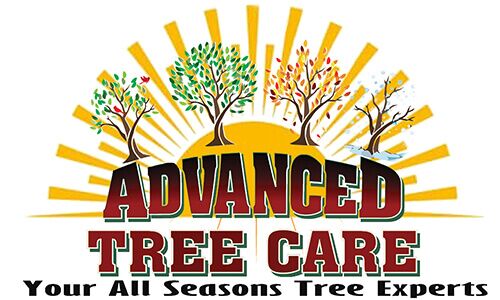Trees, majestic and resilient, enhance the beauty of our landscapes. However, their size and complexity make them susceptible to potential hazards that can pose risks to property and safety. Tree care experts employ rigorous risk assessment methodologies to identify and mitigate these hazards, utilizing advanced tools like resistograph and sonic tomography. In this comprehensive exploration, we delve into the technical aspects of tree risk assessment, shedding light on methodologies, tools, and statistical data that guide tree experts in ensuring the health and safety of trees and their surroundings.
Understanding Tree Risk Assessment
Methodologies Employed by Tree Experts:
Tree risk assessment is a multifaceted process that involves evaluating various factors contributing to potential hazards. Discuss the methodologies employed by tree experts, including visual inspections, decay detection, and structural analysis. Explore how these methods collectively provide a comprehensive view of a tree’s health and stability.
Quantifying Risk Levels:
Discuss the criteria used by tree experts to quantify risk levels, considering factors such as tree health, structural integrity, and proximity to structures. Highlight the importance of categorizing risks to prioritize mitigation efforts effectively. Provide statistical insights into the distribution of risk levels in different tree populations.
Advanced Tools in Tree Risk Assessment
Resistograph: Probing the Depths of Tree Health
Explore the technical capabilities of the resistograph, a tool that measures the resistance encountered by a drill bit as it penetrates a tree’s trunk. Discuss how variations in resistance can indicate the presence of decay, cavities, or structural weaknesses. Provide statistical data on the accuracy of resistography in detecting internal tree defects.
Sonic Tomography: Mapping the Interior Landscape of Trees
Delve into the principles behind sonic tomography, a non-invasive imaging technique that uses sound waves to create a visual map of a tree’s internal structure. Discuss how sonic tomography assists in identifying cavities, decay, and areas of compromised wood. Back insights with statistical data on the effectiveness of sonic tomography in accurately assessing tree health.
Statistical Insights into Tree-Related Incidents
Frequency and Causes of Tree Incidents:
Present statistical data on the frequency of tree-related incidents, including branch failures, uprooting, and trunk failures. Explore the common causes of these incidents, such as decay, extreme weather events, and improper pruning. Discuss how these statistics inform risk assessment strategies and the development of preventive measures.
Effectiveness of Proactive Risk Mitigation:
Examine the impact of proactive risk mitigation measures on reducing the occurrence and severity of tree-related incidents. Discuss the correlation between regular tree inspections, targeted pruning, and other risk mitigation efforts with improved safety outcomes. Provide statistical data on the success rates of different mitigation strategies.
Tips for Property Owners: Navigating Tree Risk Assessment
Regular Inspections
Encourage property owners to schedule regular tree inspections by certified arborists. Discuss the recommended frequency of inspections based on factors like tree age, species, and environmental conditions. Provide statistical insights into how regular inspections contribute to early hazard detection.
Emergency Response Planning:
Highlight the importance of emergency response planning for potential tree incidents. Discuss statistical data on response times and outcomes in emergencies involving trees. Provide tips on creating and practicing emergency response plans to minimize damage and ensure safety.
Tree Selection and Placement:
Advise property owners on the importance of strategic tree selection and placement to reduce potential hazards. Discuss statistical data on the correlation between species selection, planting location, and the likelihood of future tree incidents.
Conclusion: Nurturing Trees for a Safer Environment
In conclusion, tree risk assessment is a vital component of responsible tree care, ensuring the safety of property and individuals. The use of advanced tools like seismograph and sonic tomography enhances the precision of risk assessment, enabling tree experts to proactively address potential hazards. Explore our comprehensive tree care services at Advanced Tree Care, where expertise meets a commitment to fostering healthy and safe tree environments. At Advanced Tree Care, we believe in the power of knowledge and proactive measures to create a harmonious coexistence with our arboreal companions.

